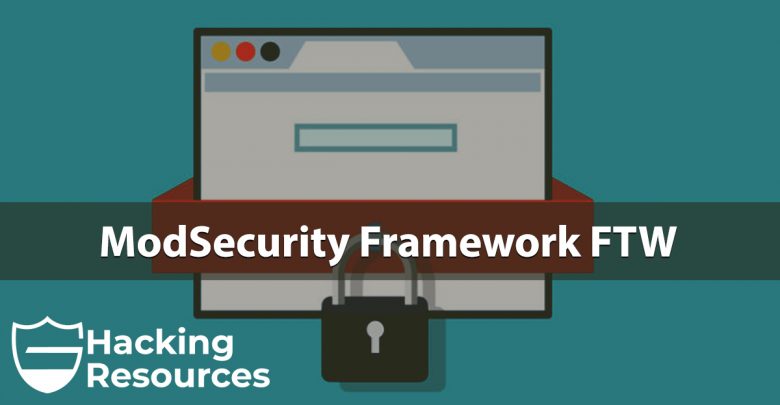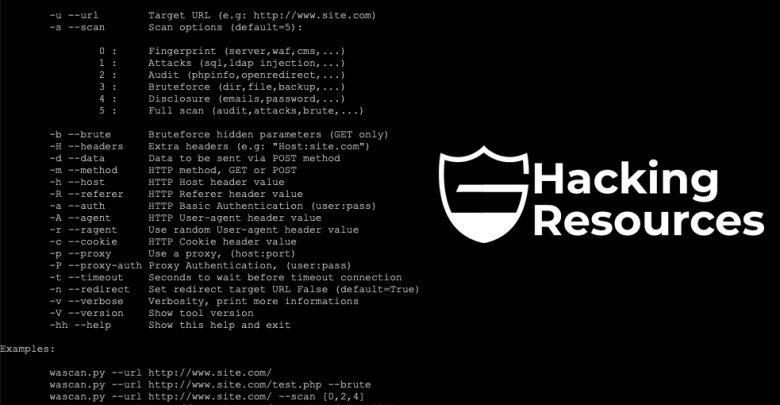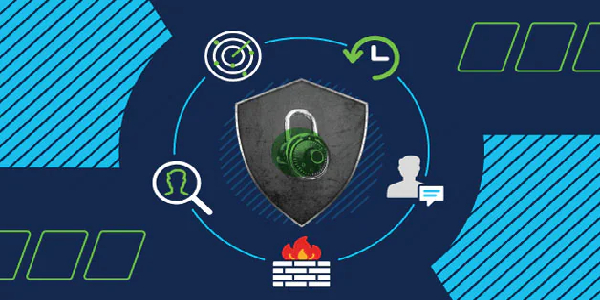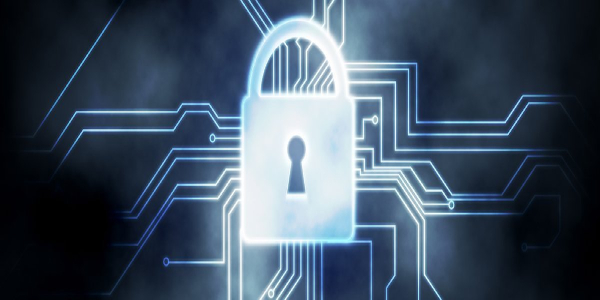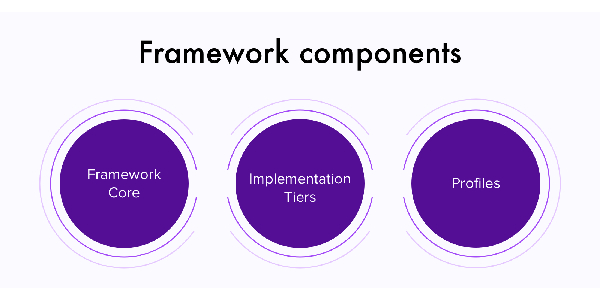ModSecurity Framework FTW
August 28, 2021 ModSecurity Framework FTW The ModSecurity Framework FTW project was launched by researchers from ModSecurity and Fastly to provide rigorous testing of WAF rules. It uses OWASP Core Ruleset V3 as a basis for testing rules on a WAF. Each rule in the rule set is loaded into a YAML file that issues …
